New Era in Marketing Connection
Imagine you are scrolling through your favorite social media feed and suddenly see an ad popping up in front of you that seems tailored just for you. It is exactly what you wanted to see at that exact time. That is the kind of connection modern marketing is all about, made possible through the incredible capabilities of Google’s artificial intelligence.
At a time when advertising is prevalent everywhere, Google AI makes brands cut through the noise to engage with customers meaningfully. It not only aids marketers in finding the right potential customers but in knowing their preferences, behavior, and even unspoken needs. Let’s explore how Google AI is revolutionizing marketing strategies and enables brands to really connect with audiences.
Predictive Audience Targeting: See into the Future
Imagine having a crystal ball that tells you exactly who is interested in your product or service. That’s what predictive audience targeting offers! Google AI sifts through mountains of data to identify potential customers, allowing marketers to reach out to people who are most likely to convert.
- Affinity Audiences: This can be thought of as people clumping together by common interests, like a community of “food lovers” or “fitness buffs.” If you are a bakery owner, this would mean that your ads would reach those who regularly interact with food-related content. Instead of casting a wide net, you are fishing in a pond where your ideal customers hang out.
- In-market audiences: these are those actively in the market to purchase a good or service. Google will track behavior- such as multiple searches or clicks- for those about to make a purchase. Thus, an agency would target a user who’s searching travel deals on Google by targeting them the moment he’s ready to book the next vacation.
- Custom Intent Audiences: This is the ability to create a highly niche audience segment that’s really based on very specific keywords or interests. You might own a local gym. Google AI works like a personal shopper, and it would help you find exactly the right crowd who’s looking for “best workout routines” or “gyms near me.”.
They change marketing from being guesswork to being a science with much precision, to the point that brands can communicate with the right person at the right time.
Smart Bidding: AI advantage in ad spend
Let’s face it- bidding for ads can be very high-stakes indeed. But Google’s Smart Bidding takes the pressure off. This artificial intelligence system changes its bids on the fly to optimize user likelihood of conversion-be it a click, conversion, and so on.
- Conversion Rate Optimization: Using Smart Bidding, you will determine the campaign’s objectives. This can either be sales maximization or sign-ups maximization. Let the AI deal with the figures. This is like having a financial advisor for ads. If there is a product launch, for instance, during the peak seasons when shoppers are likely to buy, it could raise its bids.
- Adaptive Strategies: With Google AI, you can fetch insights into a number of different factors–location, device, and local weather conditions as well-can adjust a bid. Should it rain on the places you target and you’re selling umbrellas, the Smart Bidding may likely spend more with people on the lookout for getting drier.
With this tool of artificial intelligence, more time to brainstorm on ideas for ad copy and lesser time to waste on counting numbers will get you not only effective but also efficient operations in marketing.
Responsive Search and Display Ads: Your Ads, Their Way
Ads are no longer one-size-fits-all. Google AI uses multiple headlines and descriptions and mixes and matches them to create the most effective ad for each user. Thus, with this flexibility, the way your ads connect more personally with potential customers has changed.
- Dynamic Combinations: Just think about creating a new series of eco-friendly cleaning agents. Here, you’d present some number of headlines such as “Easy Green Cleaning” or “Clean and Friendly Home.” Then, Google AI would present users with messages most relevant to their choices.
- Audience-Specific Content: As AI takes the steering wheel, every segment of your audience will see messages which are tailored to them. For example, a pet store can show ads about dog food to dog owners while running a different campaign targeting cat owners. Thus, every interaction with the brand feels relevant and thoughtful.
Responsive ads create a personal experience, making customers believe that brands understand their special needs and preferences.
Customer match and similar audiences: make new friends with data.
Customer Match is like a VIP list for your business. You upload your existing customer data—like email addresses—and Google matches it with user profiles to help you target ads effectively.
- Personalized Offers: You can retarget customers who have ever purchased from your store using relevant offers through Customer Match. For instance, if you sell running shoes, you could remind customers of the latest accessories they might need, such as socks or sportswear.
- Finding Lookalikes:To reach new customers, Google AI can find “similar audiences” that share characteristics of your current customers. This means if your brand has attracted health-conscious people, Google AI will help you get to more people who belong to that profile. Just like finding friends of friends—people likely to have an interest in what you are offering.
This narrow targeting will help marketers push their messages to more and still not lose the personal feel that makes customers feel valuable.
Natural Language Processing (NLP) and Voice Search: Speak Your Customers’ Language
With the widespread growth in voice searches, the marketing landscape must transform accordingly. Google’s NLP capabilities help a brand gauge a user’s intent at search.
- User Intent Insight: Google’s NLP helps to understand how and what people search. Now marketers can use it by using appropriate language, especially to ensure their advertisements have reached users who can get closer to what the advertiser needs.
For example, If I search for organic grocery places around, Google could fetch health food stores that would otherwise remain hidden.
- Optimizing for Conversational Queries: Voice searches are longer and more conversational than text searches. Brands that optimize for this shift can connect with users who are looking for natural, helpful responses. A coffee shop, for instance, might want to target queries like “What’s the best place for a latte in town?” rather than just “coffee shop.”
NLP can help marketers to target their message, in line with how customers are likely to express their needs, thereby making it easier and more engaging.
Google Analytics and Audience Insights: The Best Friend of Any Data-Driven Marketer
Knowing who your audience is and how they relate to your brand becomes very important. Google Analytics gives a marketer a lot of insights about what their actual users look like, behave, and prefer.
- Predictive Insights for Retargeting: Using predictive analytics, Google AI can identify who would likely convert based on his interaction with your website. Hence, if somebody came and saw the product pages but didn’t buy them, then you will retarget them with some good offer.
- Segmenting Audiences: The service allows detailed segmentation of audiences. For example, as a fashion retailer, it would be possible to know the shopping behavior based on age, gender, and location and tailor marketing campaigns for the specific needs of each group.
These insights are helpful in making informed decisions and ensuring that the message being communicated reaches the appropriate target audience in the most suitable manner.
Smart advertisements : AI-based creative tools
It’s a pretty rough deal to create catchy ads without the AI support of Google, which makes the creative process a seamless affair. The data-driven recommendations from these tools ensure your ad looks good and does well.
- Actionable Suggestions: For campaign performance, Google Ads will give you actionable tips. It might suggest adding more headlines or probably changing your keyword strategy. It’s like having the creative consultant at your fingertips!
- Dynamic Visuals: AI will change visuals and text in real-time to always keep ads fresh. Let’s say that you discovered a color scheme or style of image is really going well with your audience—Google can change those parameters automatically. For example, a tech company could make different designs appealing to everyday users and hard-core technophiles and AI does this seamlessly.
This is very adaptable- this level of adaptability gives a freshness and attraction in ads; it gets audiences attracted to a brand with a visual outlook.
YouTube and Video Ads: Reach through Compelling Visual Storytelling
YouTube is not all cat videos; it can be very effective for marketing too. With Google AI, a brand owner can produce a video advertisement that would hit the right audience at the right time.
- Targeted Ad Placement: Google AI will identify where and when the video ad should be delivered so that maximum engagement happens. If the brand is of fitness, it may display before viewers who are working out so that its message is delivered to the correct set of people.
- Tailored Content for Different Viewers: Brands can divide the audiences according to their interests and serve the relevant video content to them. An e-learning website would display varied courses to a user depending on his viewing history; hence, the ads could be perceived as personal and relevant to the interest of the viewer.
Using the reach of YouTube and the insights from AI, the marketers can craft campaigns that could catch attention and encourage action in the form of video advertising.
Embracing AI for Authentic Connections in Marketing
The era of transactional marketing has finally come to an end since Google AI brings the brand closer to the customer base. Using prediction of audience behavior, optimizing ad spend, and message personalization, marketers will be able to connect the customers on a meaningful basis.
In a world of overwhelming advertising, more than ever, it makes for meaningful connections. Google AI helps brands reach the right people with messages that resonate, transforming potential customers into lifelong brand advocates.
We will just keep going with the infusion of AI in our marketing strategy, remembering that sales is really about building a relationship. Honestly, authentic connections will actually determine who succeeds and fails in today’s digital era.
Learn more about Google Ads.
If you're looking for any services regarding Digital Marketing or Website Developement, Please Contact now.
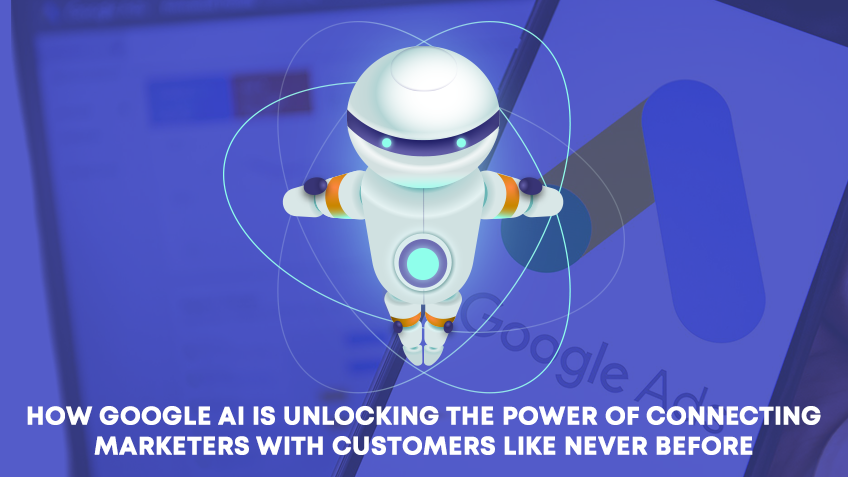
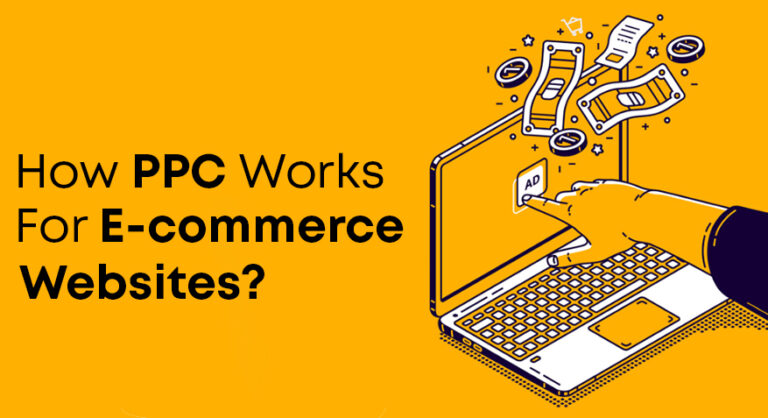

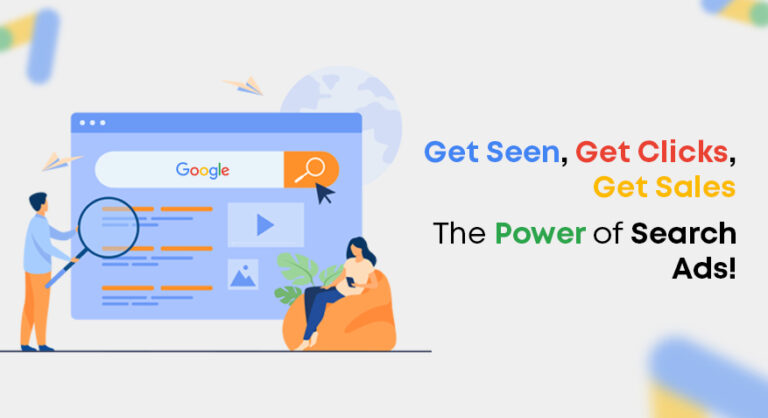
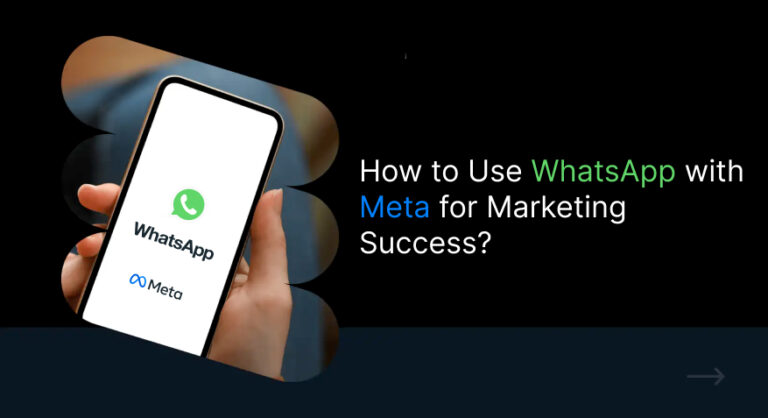
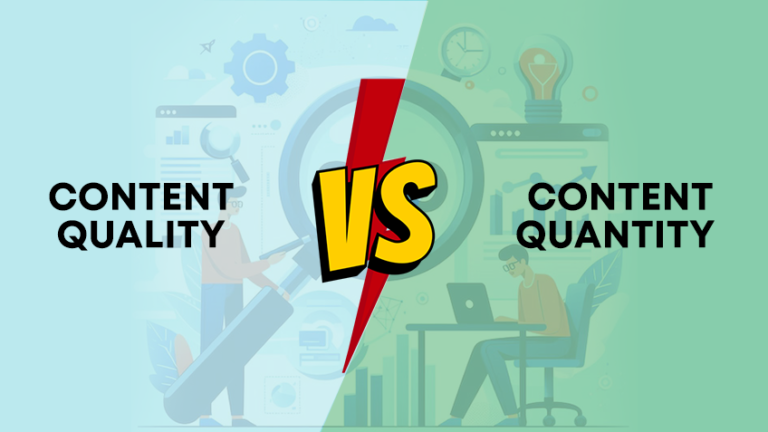
Leave a Comment